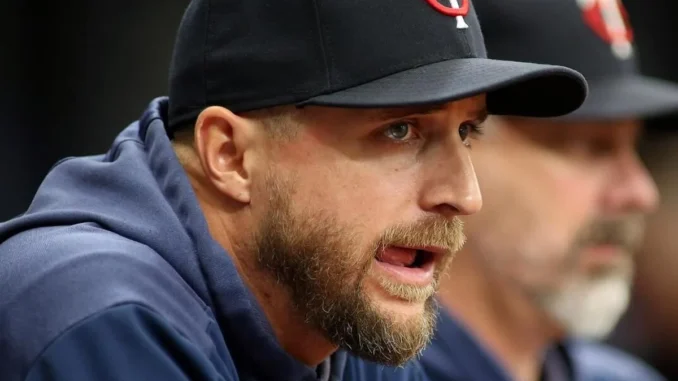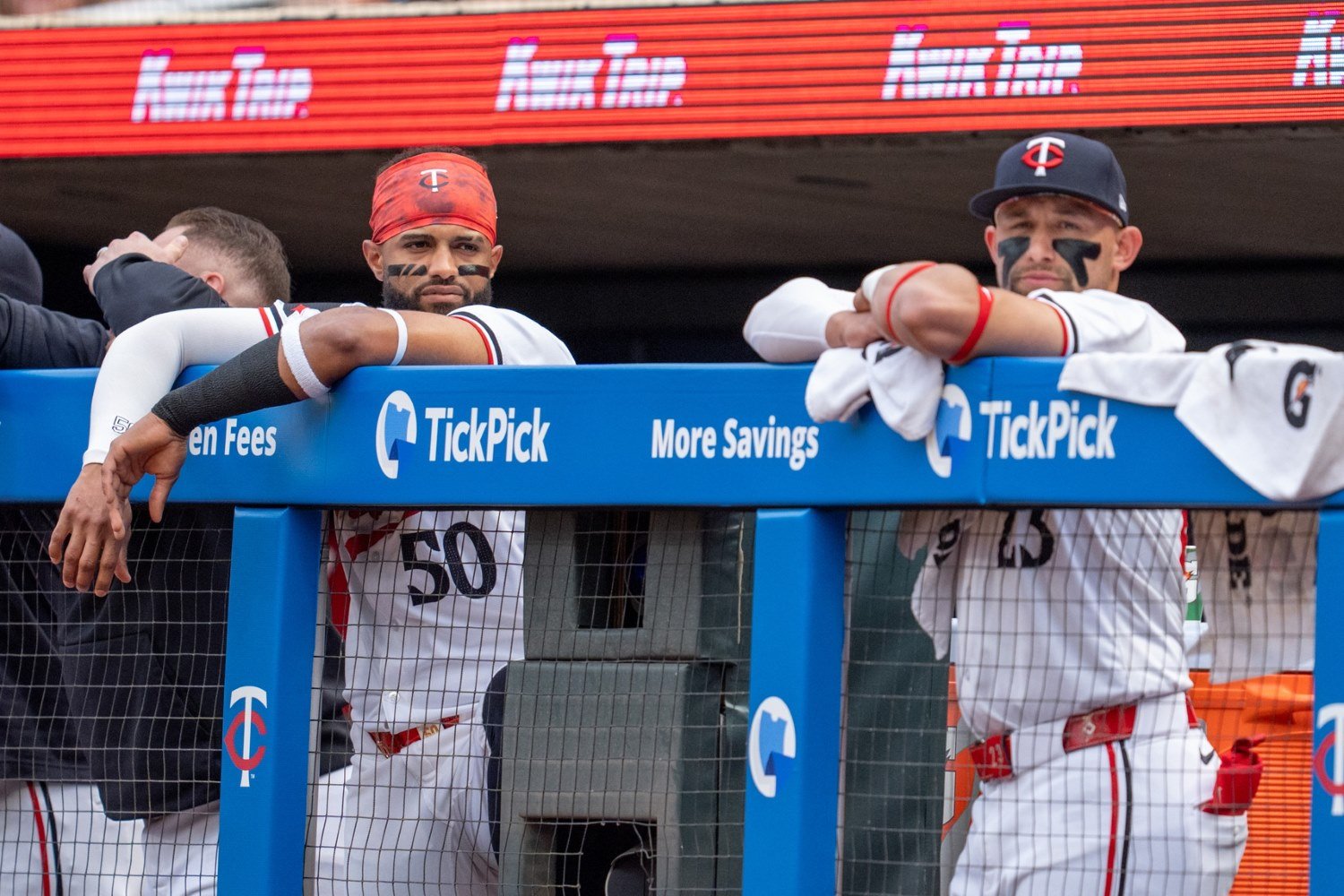
The Minnesota Twins have suffered a significant setback with the loss of Royce Lewis to another muscle injury. On Wednesday afternoon, Lewis sustained a Grade 2 right adductor strain, marking the fourth major injury to his right leg in the past three seasons.
Fortunately, the Twins are hopeful that this injury is not as severe as the right quadriceps injury that caused Lewis to miss the first two months of the season.
The adductor muscles are crucial for controlling athletic movements through eccentric contractions, where the muscle contracts while lengthening. Therefore, groin and adductor strains are common among elite athletes. The Grade 2 classification indicates a moderate injury, with 10% to 50% of the muscle fibers damaged. Recovery typically takes six to eight weeks, estimating Lewis’s return between August 14 and the end of the month.
The pressing question for Lewis and the Twins is how to prevent such injuries from recurring. This is Lewis’s fourth significant injury to his right leg—ACL twice, quadriceps, adductor—since reaching MLB, and his sixth overall, including strains of his left oblique and left hamstring. Unfortunately, there are no simple solutions.
Past injury is a strong predictor of future injury, but this mainly applies to the same muscle or location. For example, a previous right ankle sprain predicts a future right ankle sprain. Lewis’s injuries, except for the ACL, have affected different muscles.
Muscle weakness is common after ACL reconstruction, but research on persistent weakness in other muscle groups is limited. There is evidence that muscle activation patterns, especially co-activation of the gluteal and adductor muscles, are impaired for up to two years post-surgery. However, the link between these impaired patterns and increased injury risk remains unclear.
As a professional athlete, Lewis has access to top-tier rehabilitation and strength conditioning programs. The Twins monitor his rehab and training closely, using scientific methods to assess his force production regularly. Athletes are not cleared to return until their measures meet or exceed pre-injury values. There is little evidence that muscle imbalances significantly impact injury risk or performance.
https://x.com/DanHayesMLB/status/1808614636930932893?ref_src=twsrc%5Etfw%7Ctwcamp%5Etweetembed%7Ctwterm%5E1808614636930932893%7Ctwgr%5E6cac88ec8eae715110434976a9efa308e03911dc%7Ctwcon%5Es1_&ref_url=https%3A%2F%2Ftwinsdaily.com%2Findex.php%3Fapp%3Dcoremodule%3Dsystemcontroller%3Dembedurl%3Dhttps%3A%2F%2Fx.com%2FDanHayesMLB%2Fstatus%2F1808614636930932893%3FprefetchTimestamp%3D172004819955526mx%3D2
The most frustrating yet significant factor might be sheer bad luck. It’s difficult to accept that nothing could have been done to prevent Lewis’s injury. Blaming Lewis’s legs, work ethic, or the treatment practices of Nick Paparesta is often misplaced. The label “injury-prone” is frequently used without understanding the complexities of the human body and injury risk mitigation.

Losing Royce Lewis is unfortunate for him, the team, and the fans. We all want to see him excelling at the plate and playing strong defense. However, he is headed for another IL stint. It’s not his fault, and it might not even be his body’s fault. Sometimes, it’s just bad luck striking again.

Leave a Reply